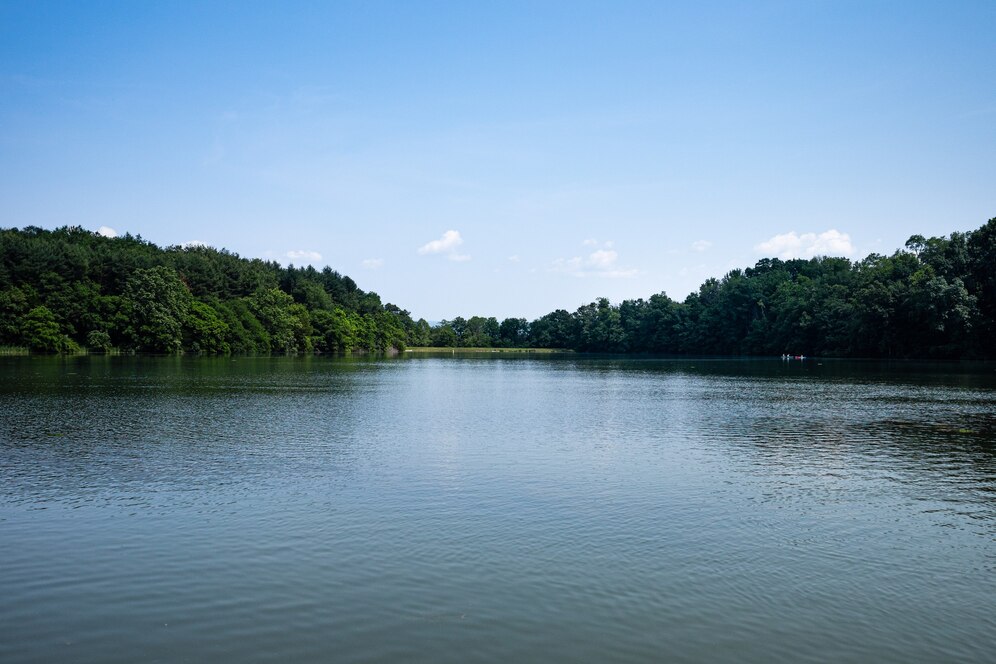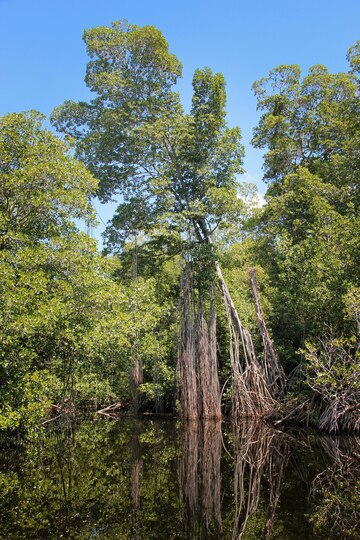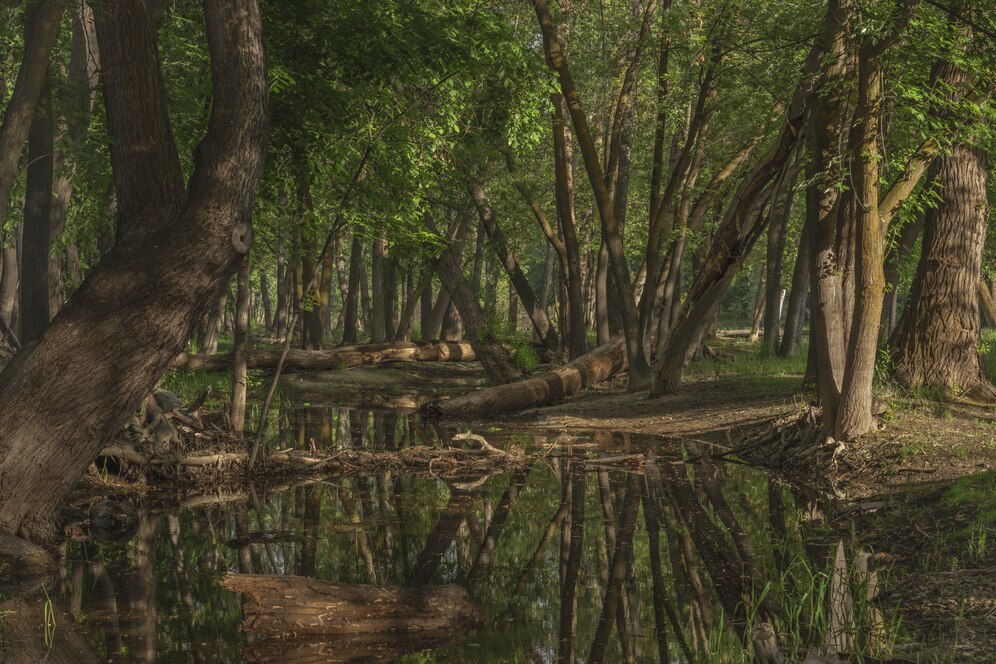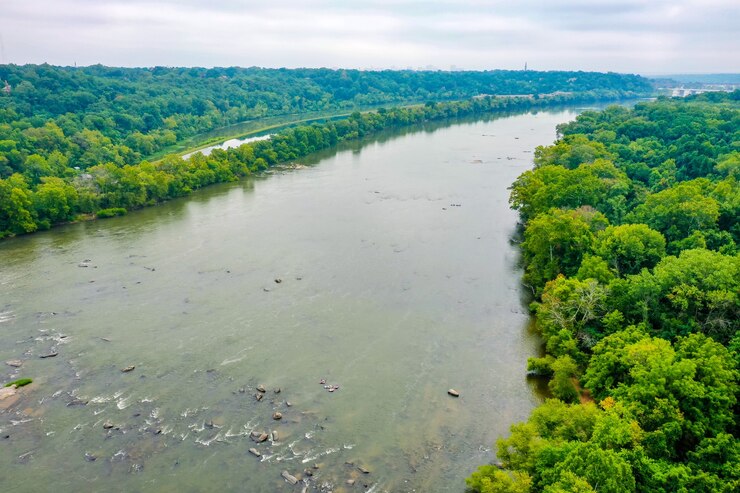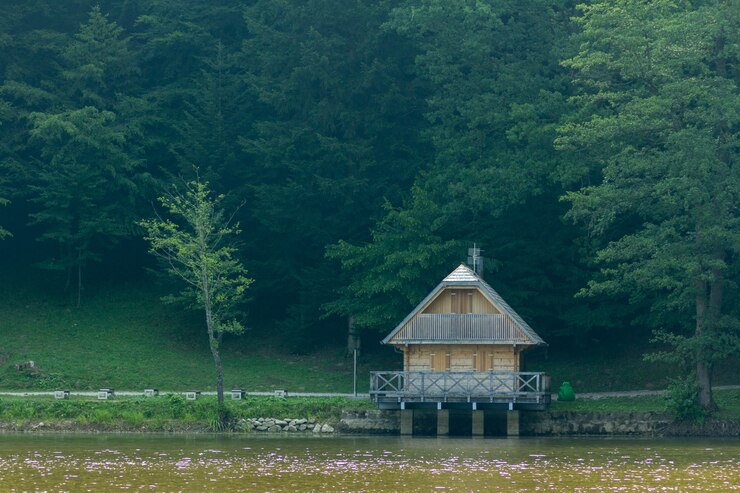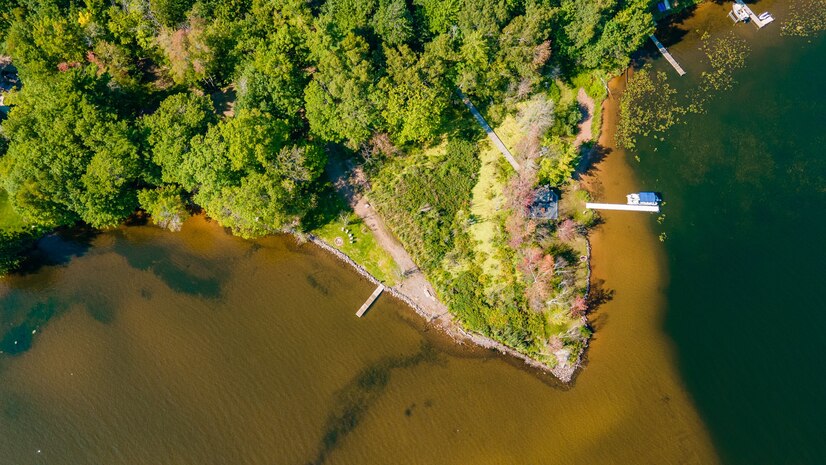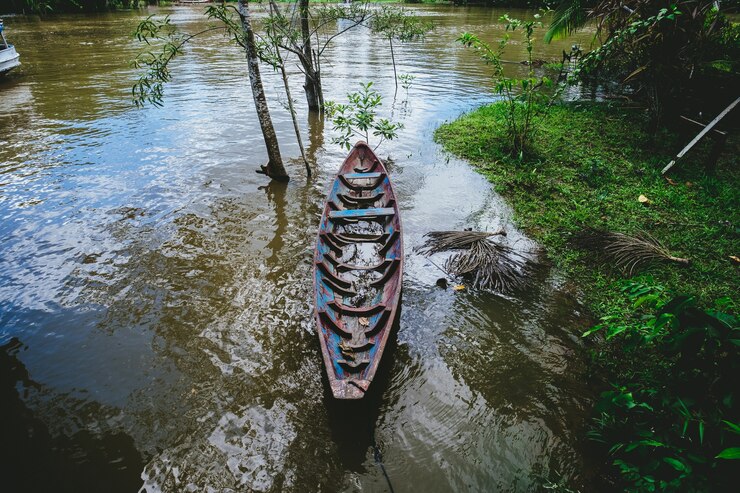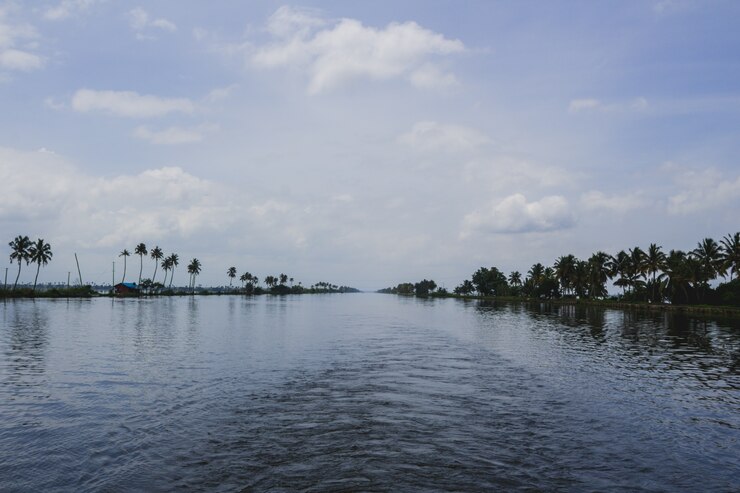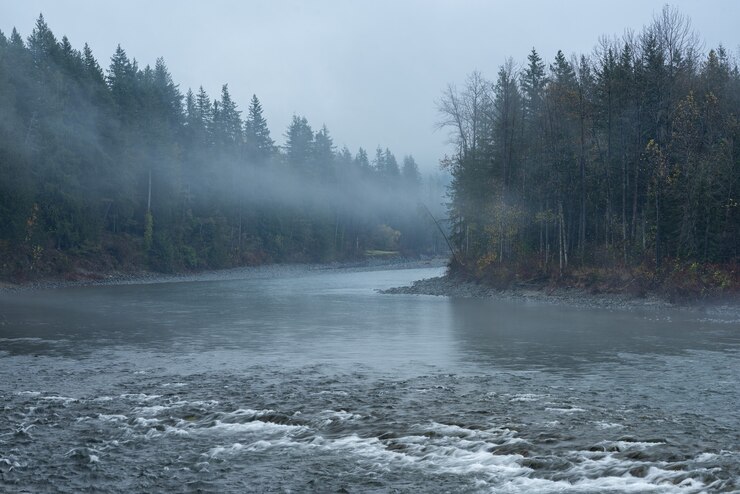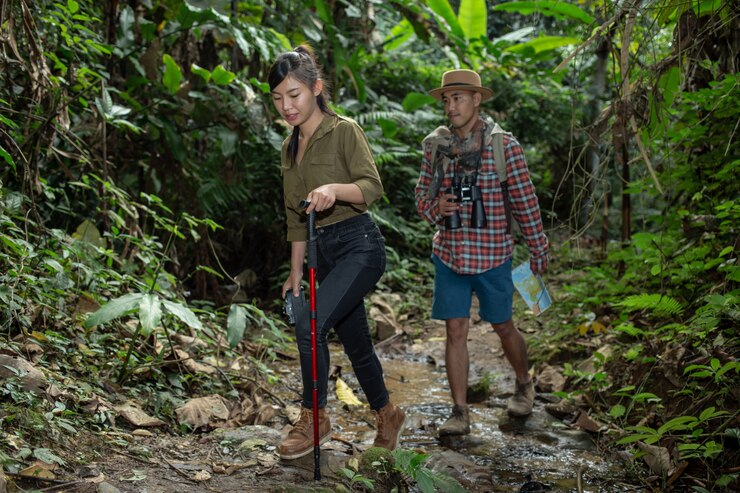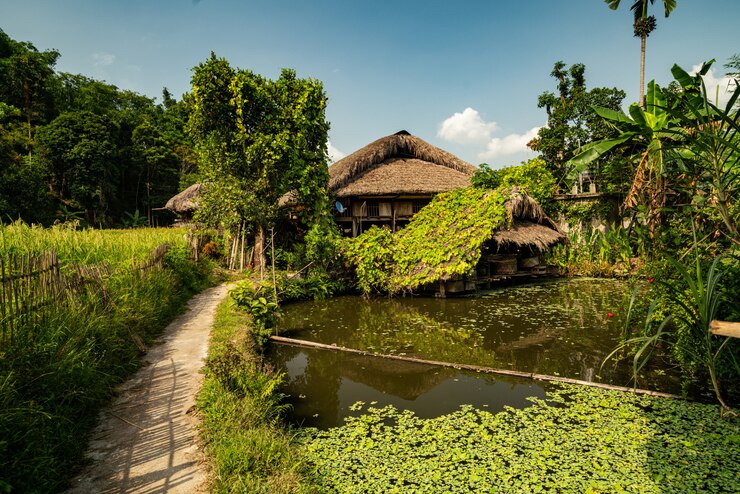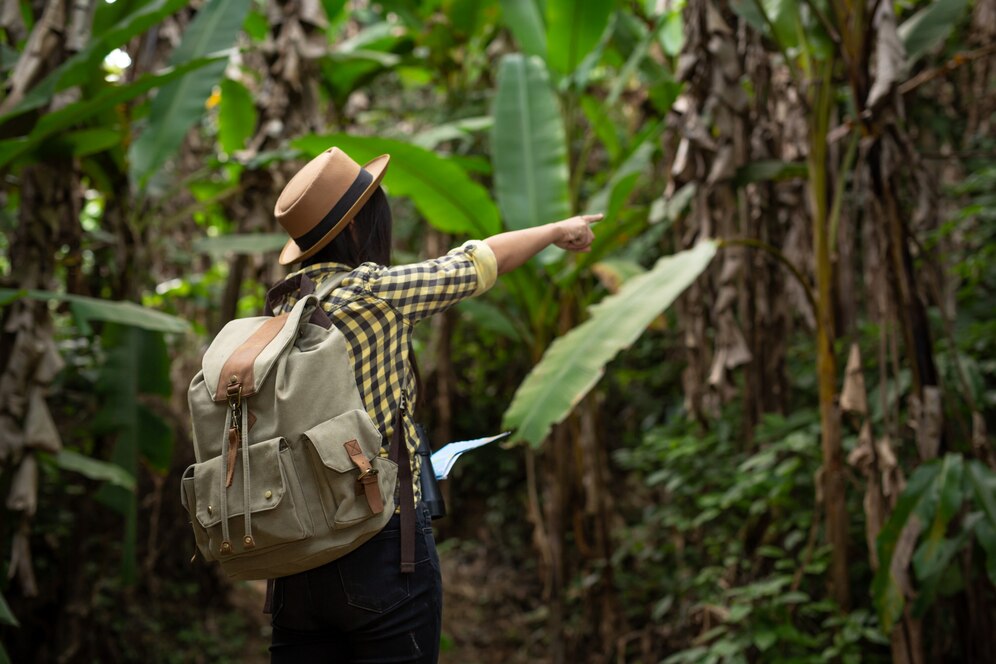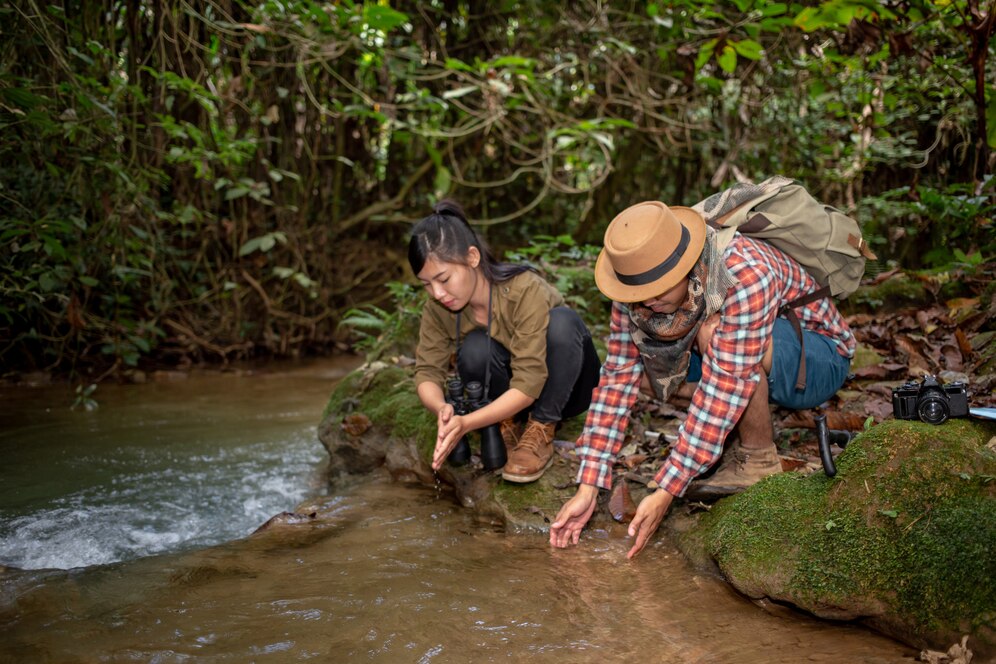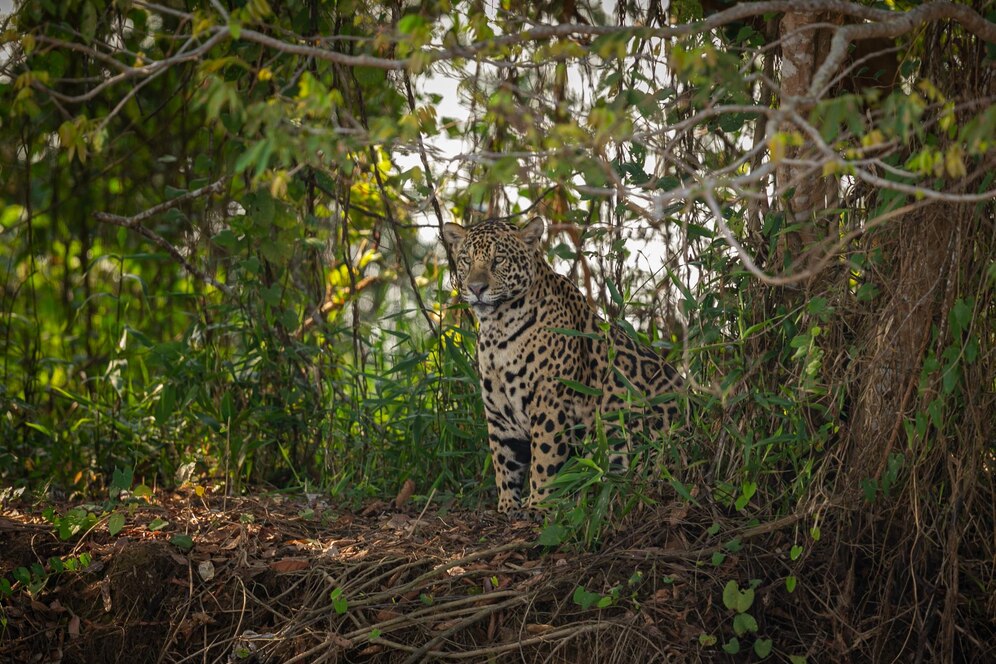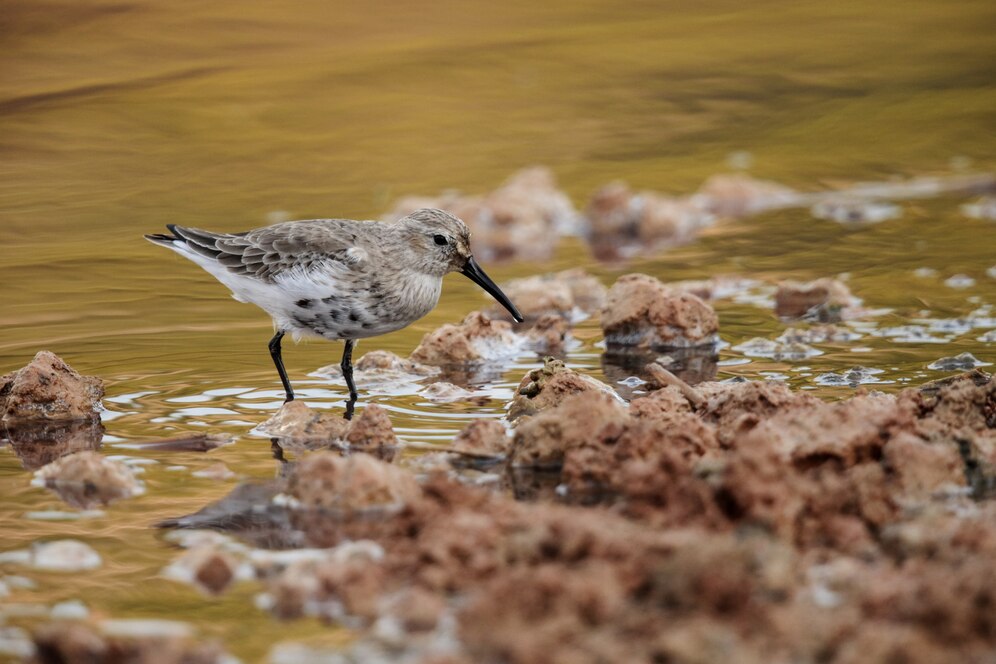One of the greatest benefits in having a Sundarban private tour is flexibility. Want to get up at dawn to catch the rising sun on the mangroves? Prefer to spend more time on bird watching or quietly watching out for crocodiles and otters? With a private tour, it’s up to you.
Privacy is another big factor. If you’re traveling with your family or close friends, a private Sundarban tour makes sure you share the experience only with your chosen companions. You have to compromise neither on your preferences nor wait for others.
Private tours are also suitable for photographers and wildlife enthusiasts. You can spend hours trying to get the perfect shot or waiting patiently for a rare animal to appear, without feeling rushed. The experience becomes more immersive because the focus shifts entirely to what you want to explore.
Of course, a private tour of Sundarban would cost a more substantial amount of money than a group tour. However, the exclusiveness and comfort it offers make this tour often worthwhile.
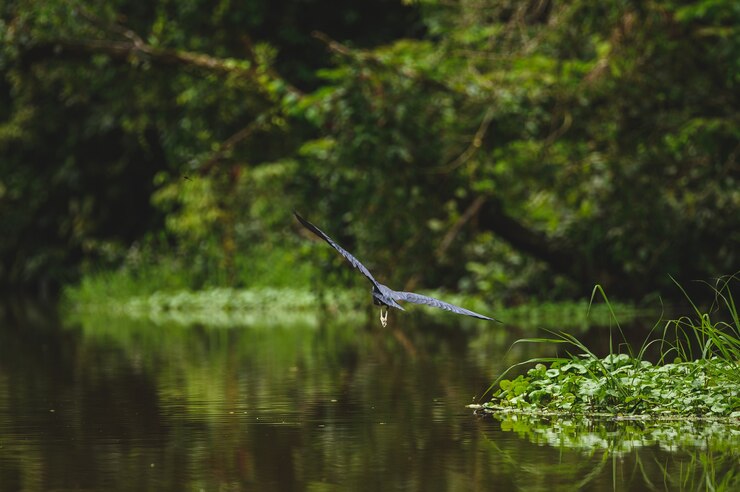
Wildlife Factor
It matters not that you opt for the group tour or private, in either case, you shall be amazed by Sundarbans’ biodiversity. Rare is catching a glimpse of the majestic tiger, though its spotting requires patience and a fortune of luck. It still goes to add a tinge of mystery to your entire excursion. Crocodiles lie baking on the banks, deer grazing within the forests and playful river dolphins will do the rest.
If wildlife is your main focus, a private tour might be a better fit. Guides can adapt the itinerary to maximize your chances of seeing specific animals or birds. However, group tours are just as enjoyable, with the excitement of sharing these magical moments with others.
Cultural Immersion
The Sundarbans isn’t only about its wild-life; it’s the people living in harmony with nature in this adverse habitat. Group tours usually include the village visit where you may come across the customs and tradition, as well as observe and understand the daily activities of Sundarbans’s citizens. Watching local folk or savoring traditional Bengali food is an experience that goes unforgettable.
A Sundarban private tour lets you penetrate the heart of culture. You can spend more time interacting with locals, learning about their way of life, or even joining their daily activities. Personal connection makes the experience richer and more meaningful.
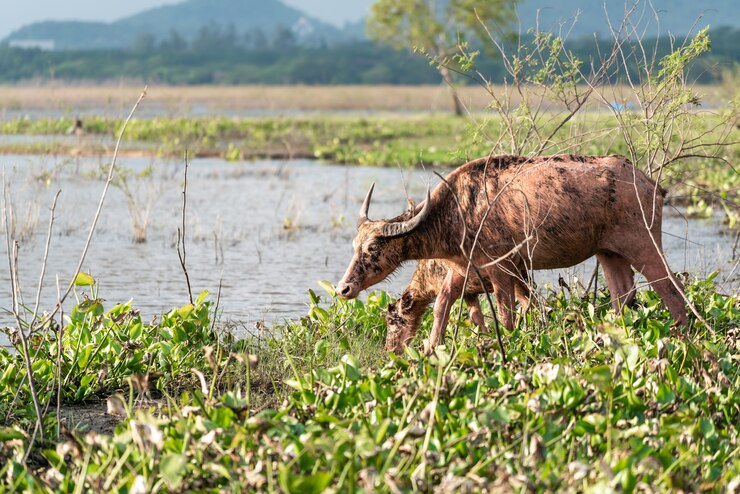
Choose What’s Best for You
In conclusion,If someone is an extroverted person who does not hesitate to follow a set-up itinerary and wants to get to know the place, but in a relatively less expensive way, then surely a group tour is all you need. However, if one values his time and privacy and wants flexible, customized experience, there’s nothing better than getting a private tour.
Both have their charm, and none will disappoint. Sundarbans is a place that keeps every visitor in its bewitched state of mind irrespective of the fact that he or she travels with a jolly crowd by boat through the silent canals or goes solitary by a private boat staring at the mangroves in awe.
So pack your bags, take your choice of adventure and get set for an adventure you’ll never forget-Sundarban tour awaits you.


